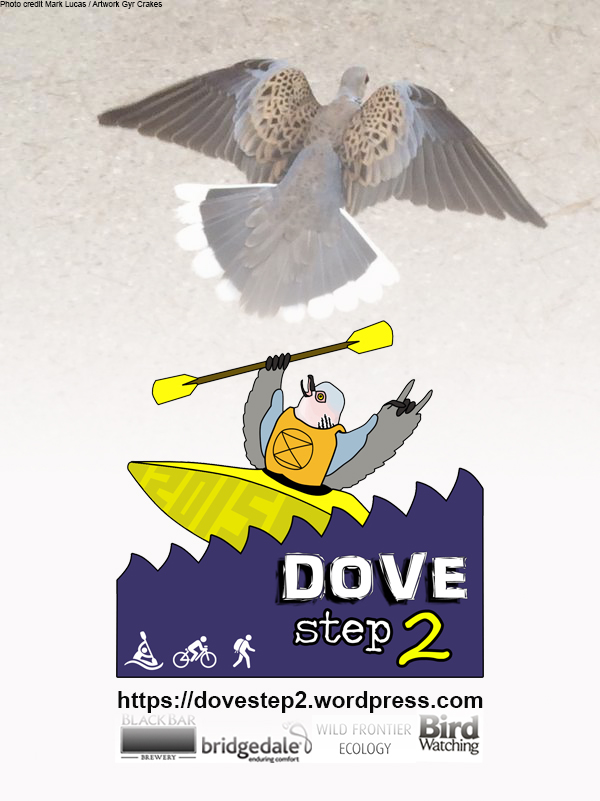In 2014 WFE conducted its first in-house training day. Each member of staff presented to everyone else a talk focusing on a relevant strength held by that person but which was less familiar to the rest. For example, Will gave a presentation on preparing CSH and BREEAM assessments, and Susie’s talk was on conducting a NVC survey. This was a very useful exercise for everyone and so it was repeated in 2015. This year was different in that Rob assigned a presentation topic to everyone which would be more unfamiliar and so would require some investigation. My charge was to provide a synopsis on the evidence base for the success of ecological enhancement techniques.
Ecological enhancements, as they relate to consultant ecology work, are measures proposed to improve the ecological assets of a given site, but which are independent of the impact assessment, i.e. they are not mitigation or compensation. The purpose of any ecological enhancement proposal is to provide some biodiversity benefit above and beyond what is required to neutralise any anticipated negative effects from the development. Generally speaking, the scale of an enhancement proposal is in proportion with the extent of the development. For instance, the enhancement proposals for a small housing development might include plantings to fill the gaps in the site’s boundary hedges and the erection of a few bat boxes. On the other hand, the enhancement proposals for a multi-turbine wind farm are more likely to entail planting new hedgerows, creating new woodlands and restoring ponds.
Enhancements may be proposed even for a development with no anticipated negative ecological impacts. This is because the National Planning Policy Framework and the Natural Environment and Rural Communities (NERC) Act 2006 place an obligation on all Local Planning Authorities (and other public bodies), in the discharging of their functions, to consider the conservation of biodiversity as a responsibility and an objective. Any new development which must secure planning permission could, as long as it is feasible and reasonable, be expected to make a contribution to conserving biodiversity.
The question put to me then was, “What is the evidence for how successful typical ecological enhancements are?” The range of enhancement measures I researched and the references I found are contained in the presentation: Ecological enhancements
To summarise my findings in brief, the range of ecological enhancement schemes typically prescribed by WFE do have a reasonable likelihood of achieving the desired effect, but only if key principles are achieved. Firstly, the opportunities/limitations of any particular site have to be correctly ascertained; enhancements which have a low suitability to the context of the overall site or the specific location chosen are far more likely to fail. Secondly, all important variables have to be considered and stipulated in detail based on best practice advice and/or personal experience. Overly broad proposals are destined to be less successful; e.g. a statement to “Install ten bat boxes in woodland habitats” as opposed to a map of bat box locations selected by a licensed bat worker on-site, with designated bat box styles, heights and orientations, plus a recommended management schedule.
This was a fruitful endeavour for me and for the rest of WFE, as we will look to apply the findings of this research to improve our future ecological enhancement proposals.
– Seth


